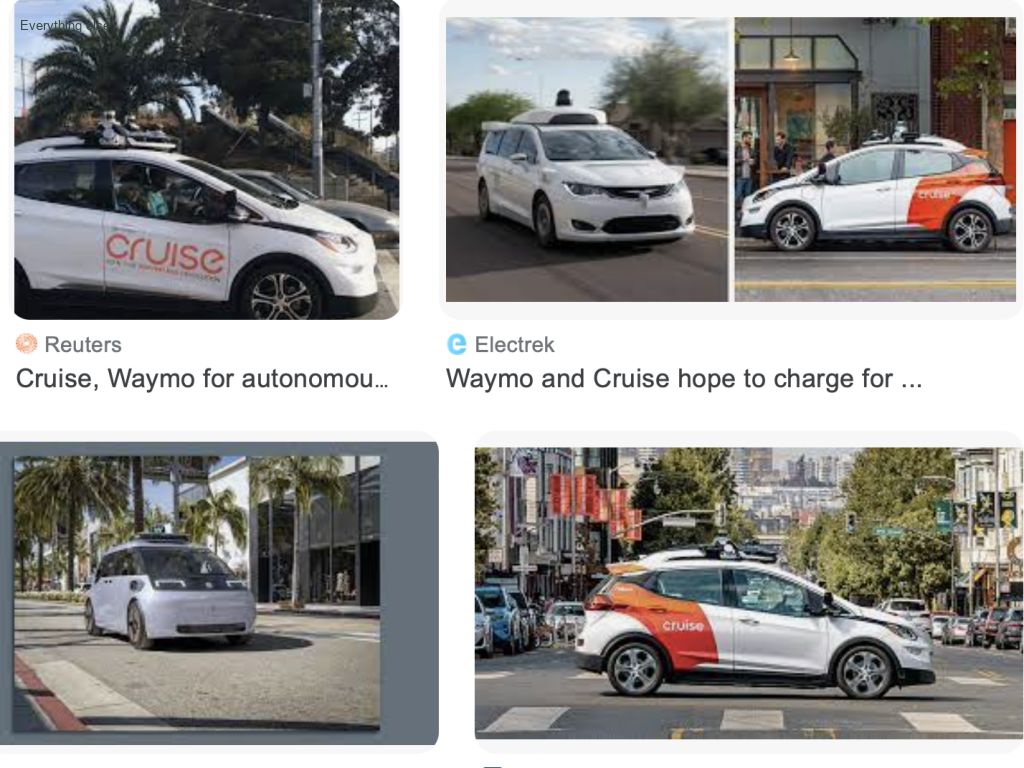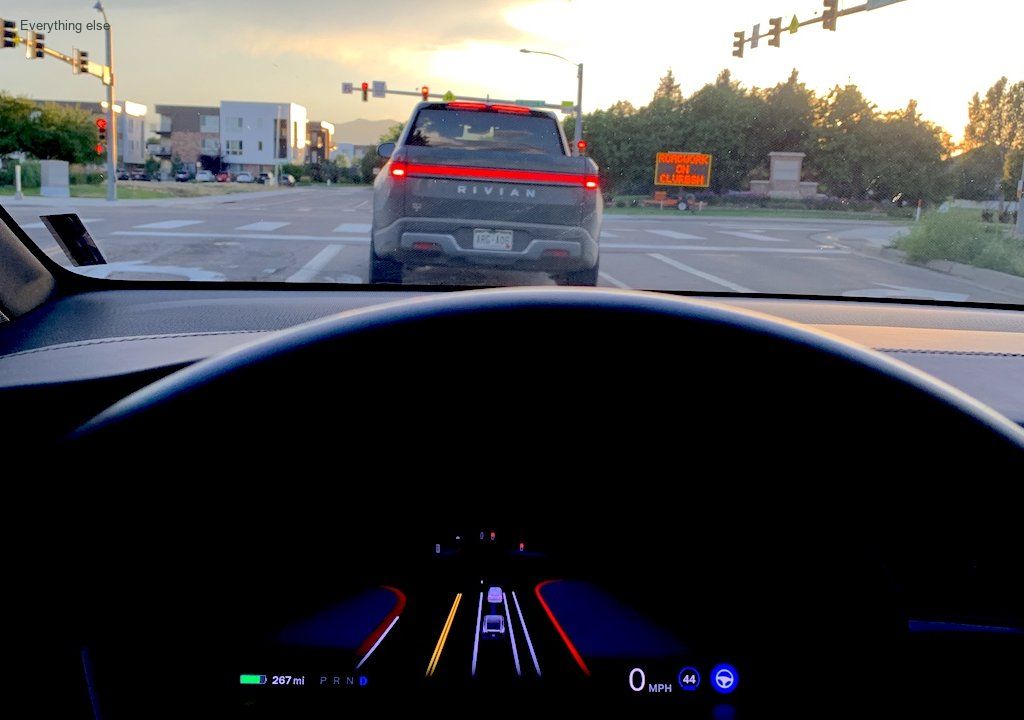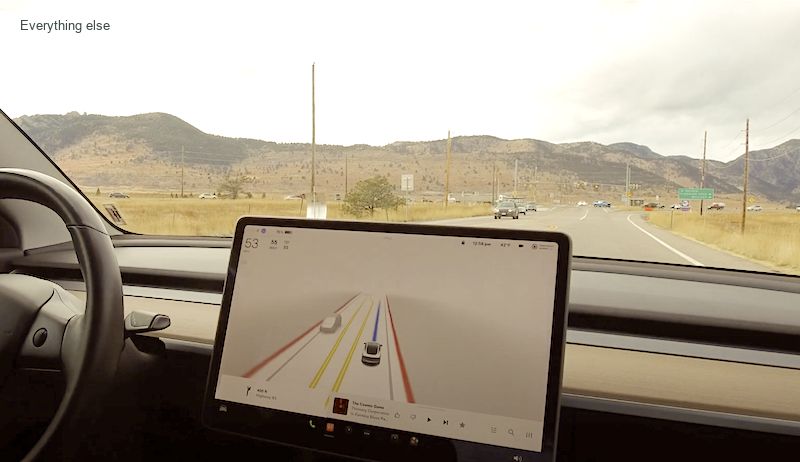ROBO.cab Premium Domain for sale or trade
Description
FOUR letter domain--it doesn't get any better. The robo cab business idea aims to revolutionize the transportation industry by leveraging autonomous vehicles to provide convenient, efficient, and cost-effective transportation services to customers while reducing the reliance on traditional human-driven taxis or rideshare services. A robo taxi, short for "robotic taxi," refers to a self-driving or autonomous vehicle that provides transportation services without the need for a human driver. It is a form of ride-hailing or taxi service where passengers can request a ride through a mobile app or platform, and a self-driving vehicle arrives to pick them up and transport them to their destination. Robo taxis are equipped with advanced sensors, cameras, radar, lidar, and artificial intelligence systems that enable them to perceive their surroundings, make real-time decisions, and navigate roads safely without human intervention.
Check out EV fleet operators like this one www.FSD.cab
These vehicles use sophisticated algorithms and machine learning techniques to analyze data and react to changing traffic conditions, pedestrians, and other obstacles. The concept of robo taxis is part of the broader field of autonomous vehicles and is seen as a potential future disruption in the transportation industry. Proponents believe that robo taxis could offer several benefits, including enhanced safety, increased efficiency, reduced traffic congestion, and lower transportation costs. They have the potential to transform urban mobility by providing on-demand transportation that is accessible, convenient, and environmentally friendly. Companies such as Waymo, Uber, Lyft, and various automotive manufacturers and tech giants are actively developing and testing robo taxi technologies with the aim of eventually deploying large-scale autonomous taxi services. However, the widespread adoption of robo taxis still faces technological, regulatory, and societal challenges that need to be addressed before they become a common sight on roads.
I Have location:
will consider trading for 5 FSD enabled Teslas or other options










